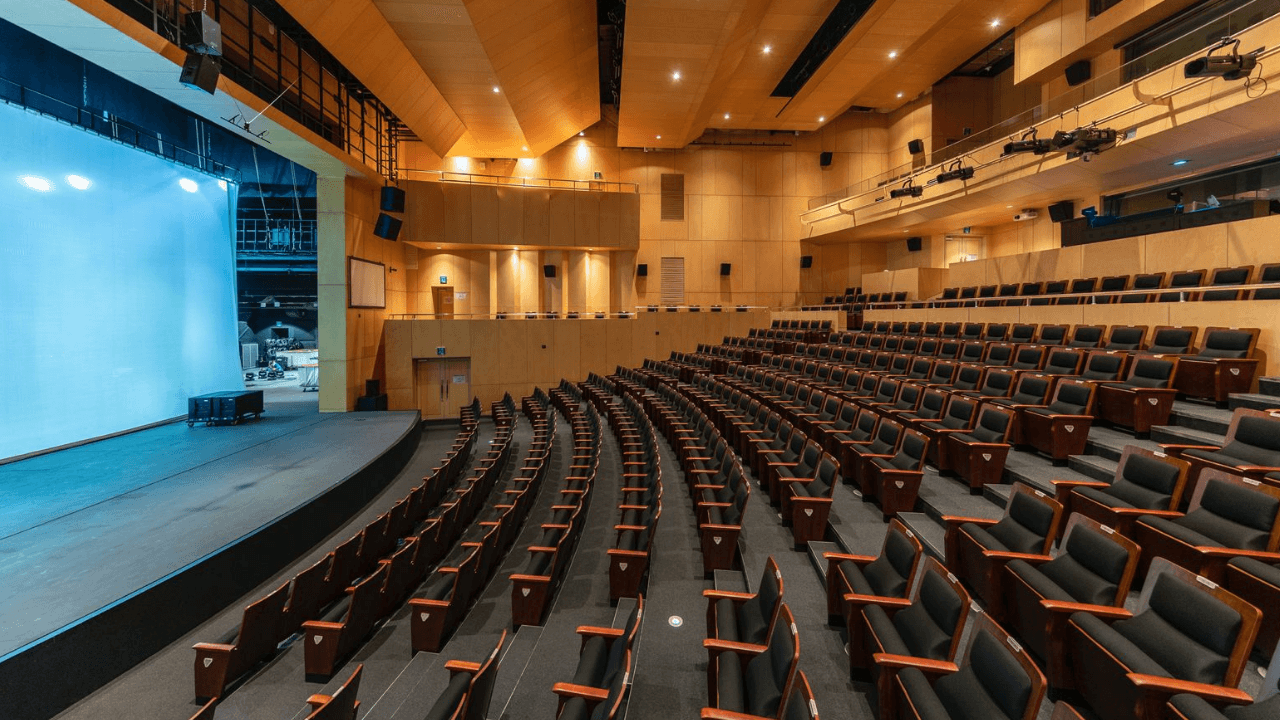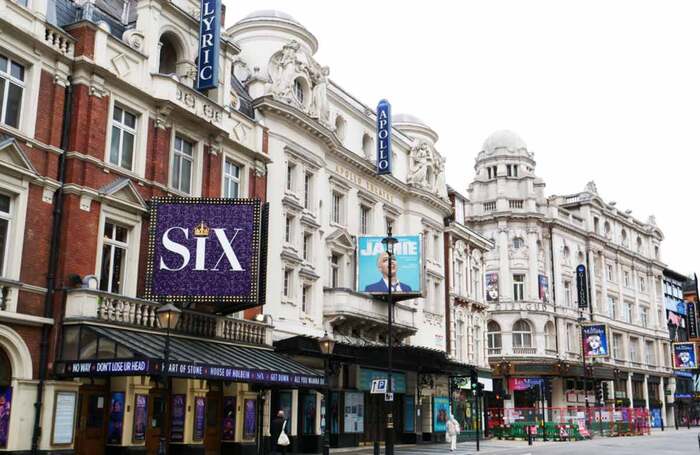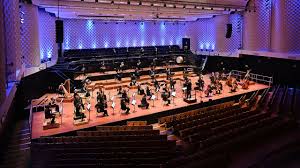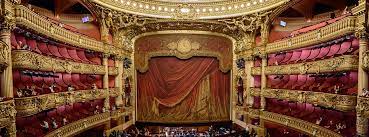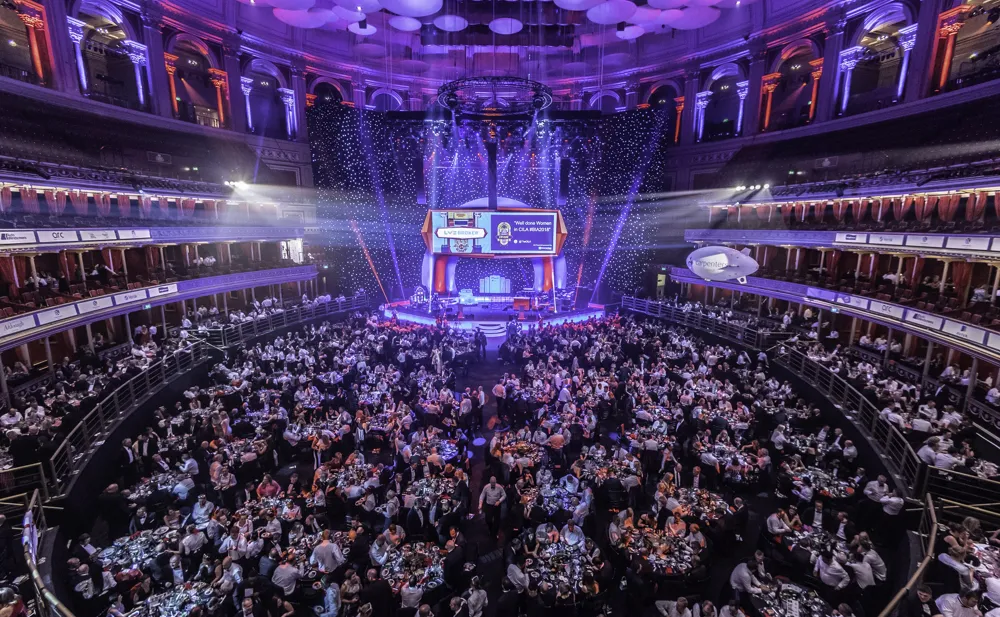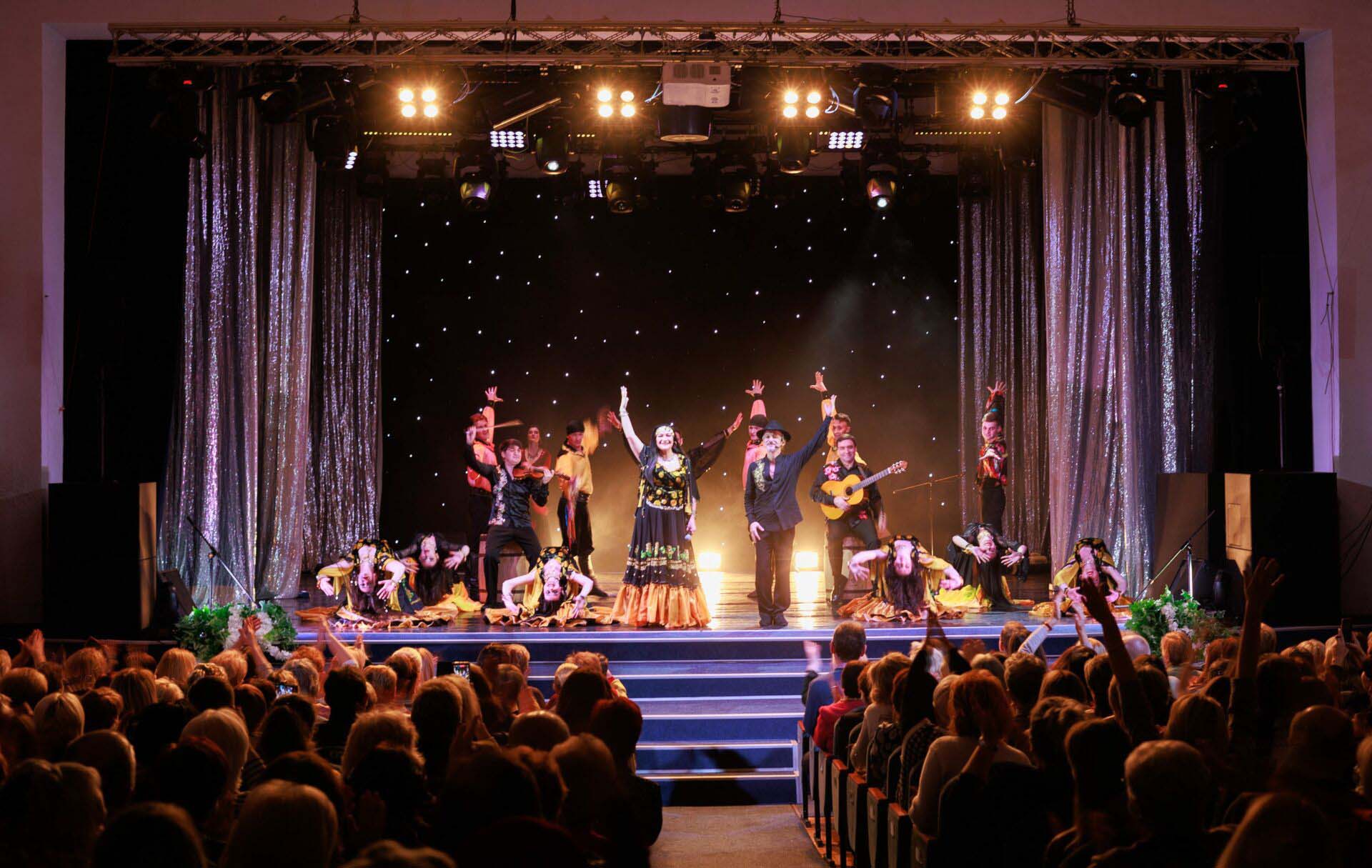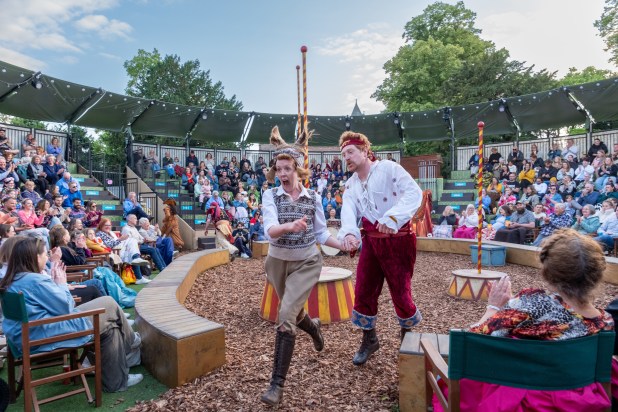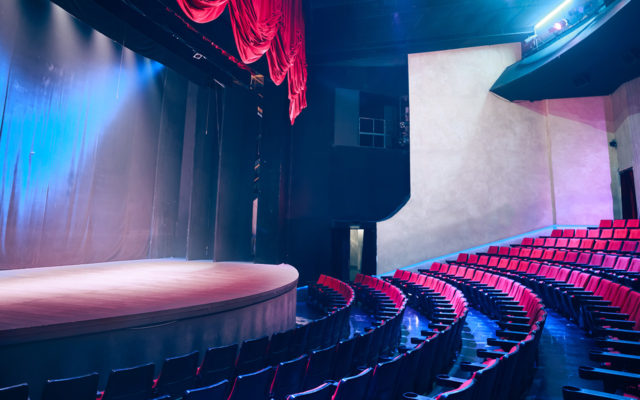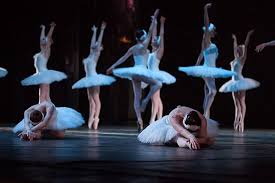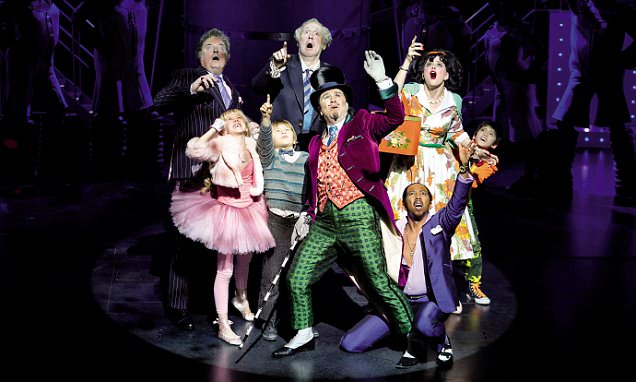Historic theatre buildings are architectural treasures that require specialized insurance coverage to protect their unique features, heritage value, and operational requirements. From Victorian playhouses to Art Deco cinemas converted to live venues, these buildings present distinct insurance challenges that standard commercial property policies cannot adequately address.
The Unique Nature of Historic Theatre Buildings
Historic theatre venues combine the challenges of heritage property ownership with the operational demands of modern entertainment facilities. These buildings often feature irreplaceable architectural elements, period-specific construction methods, and listed building restrictions that significantly impact insurance requirements.
Key characteristics affecting insurance needs include:
- Listed building status and heritage protection requirements
- Period construction methods and materials
- Irreplaceable architectural features and decorative elements
- Modern safety systems integrated into historic structures
- Mixed-use spaces combining heritage and commercial functions
- Accessibility modifications and modern compliance requirements
- Specialized restoration and conservation needs
Essential Property Coverage for Historic Theatres
Heritage Building Insurance
Standard commercial property insurance often undervalues historic buildings by focusing on replacement cost rather than restoration value. Heritage building insurance provides specialized coverage that accounts for the true cost of restoring period features, sourcing authentic materials, and employing skilled craftspeople with conservation expertise.
Listed Building Coverage
Buildings with listed status face additional regulatory requirements that can significantly increase repair and restoration costs. Specialized coverage should include:
- Planning permission and consent costs
- Archaeological investigation requirements
- Specialist conservation architect fees
- Heritage authority consultation costs
- Extended project timelines due to regulatory processes
Period Feature Protection
Historic theatres often contain irreplaceable elements such as original plasterwork, period lighting fixtures, historic seating, and decorative paintwork. These features require specialized valuation and coverage that reflects their heritage value rather than simple replacement cost.
Specialized Construction and Materials Coverage
Traditional Building Methods
Historic theatres were often built using construction methods and materials that are no longer standard. Insurance coverage must account for:
- Lime mortar and traditional pointing techniques
- Period-appropriate roofing materials (slate, clay tiles, lead)
- Traditional timber framing and joinery methods
- Historic brick and stonework requiring specialist skills
- Original plaster techniques and decorative finishes
Sourcing Authentic Materials
Restoration of historic theatres often requires sourcing period-appropriate materials, which can be expensive and time-consuming. Coverage should include the additional costs associated with:
- Reclaimed and salvaged materials
- Custom manufacturing of period-specific elements
- Extended lead times for specialist materials
- Transportation costs for rare or distant materials
- Storage and protection during extended restoration periods
Modern Systems in Historic Buildings
Fire Safety and Detection Systems
Installing modern fire safety systems in historic buildings presents unique challenges. Coverage should address:
- Discrete installation methods to preserve historic fabric
- Specialist equipment designed for heritage buildings
- Integration challenges with period construction
- Regular maintenance and testing requirements
- Potential damage to historic features during installation
Accessibility and Compliance Modifications
Historic theatres must balance heritage preservation with modern accessibility requirements. Insurance should cover the costs of sensitive modifications that comply with disability access legislation while preserving historic character.
Environmental Control Systems
Protecting historic interiors often requires sophisticated climate control systems. Coverage should include specialized HVAC systems designed to preserve period features while maintaining audience comfort.
Operational Risks in Historic Venues
Structural Limitations
Historic theatre buildings may have structural limitations that affect their use as modern entertainment venues. Insurance considerations include:
- Load-bearing restrictions for modern equipment
- Limited access for large productions or equipment
- Structural monitoring and maintenance requirements
- Potential for unexpected structural issues during renovations
- Foundation and subsidence risks in older buildings
Multi-Use Venue Challenges
Many historic theatres operate as multi-use venues, hosting everything from live theatre to corporate events. This diverse usage creates varied risk exposures that require flexible coverage options.
Conservation and Restoration Coverage
Specialist Contractor Requirements
Restoration work on historic theatres requires contractors with specific heritage expertise. Coverage should account for:
- Higher costs for conservation specialists
- Extended project timelines due to careful work methods
- Potential for discovering additional issues during restoration
- Quality assurance and heritage authority inspections
- Professional indemnity requirements for conservation work
Phased Restoration Projects
Large restoration projects are often completed in phases to maintain operational income. Insurance should provide flexible coverage that adapts to changing risk profiles throughout the restoration process.
Business Interruption for Historic Venues
Extended Restoration Periods
Repairs to historic buildings typically take longer than modern construction due to regulatory requirements, specialist skills, and material sourcing challenges. Business interruption coverage should account for these extended timelines.
Alternative Venue Limitations
Historic theatres often have unique characteristics that cannot be replicated in temporary venues. Coverage should consider the challenges of maintaining operations during restoration periods.
Heritage Tourism Impact
Many historic theatres attract visitors specifically for their heritage value. Business interruption coverage should account for the loss of this heritage tourism revenue during closure periods.
Valuation Challenges for Historic Properties
Heritage Value Assessment
Determining appropriate coverage levels for historic theatres requires specialist valuation that considers:
- Architectural and historical significance
- Rarity and irreplaceability of features
- Conservation and restoration costs
- Regulatory compliance requirements
- Specialist skills and materials needed
Regular Revaluation
The cost of heritage restoration can fluctuate significantly based on material availability and specialist contractor costs. Regular professional revaluation ensures coverage remains adequate.
Environmental and Weather Risks
Climate Vulnerability
Historic buildings are often more vulnerable to weather damage due to their age and construction methods. Coverage should address:
- Water ingress through period roofing and windows
- Thermal movement in traditional construction
- Flood risk and drainage challenges
- Wind damage to historic roofing materials
- Freeze-thaw damage to traditional materials
Environmental Monitoring
Many historic theatres require environmental monitoring to protect period features. Insurance should cover the costs of monitoring systems and responsive conservation measures.
Legal and Regulatory Considerations
Planning and Consent Costs
Any work on listed buildings requires various consents and approvals. Coverage should include:
- Listed building consent applications
- Planning permission for modifications
- Building control approvals
- Heritage authority consultations
- Archaeological investigation requirements
Compliance with Modern Standards
Historic theatres must balance heritage preservation with modern safety and accessibility requirements. Insurance should cover the costs of achieving compliance while preserving historic character.
Risk Management for Historic Theatre Buildings
Preventive Conservation
Effective risk management for historic theatres focuses on preventive conservation:
- Regular condition surveys by conservation professionals
- Planned maintenance programs for historic elements
- Environmental monitoring and control
- Staff training on heritage building care
- Emergency response procedures for historic buildings
Documentation and Records
Maintaining detailed records of historic features, previous work, and condition changes is essential for both conservation and insurance purposes.
Choosing Specialized Historic Building Insurance
When selecting insurance for historic theatre buildings, look for providers who offer:
- Experience with heritage and listed buildings
- Understanding of conservation and restoration processes
- Access to specialist valuers and loss adjusters
- Flexible coverage options for phased restoration projects
- Relationships with heritage contractors and specialists
- Knowledge of regulatory requirements and consent processes
- Competitive pricing that reflects proper risk assessment


 0330 127 2333
0330 127 2333
